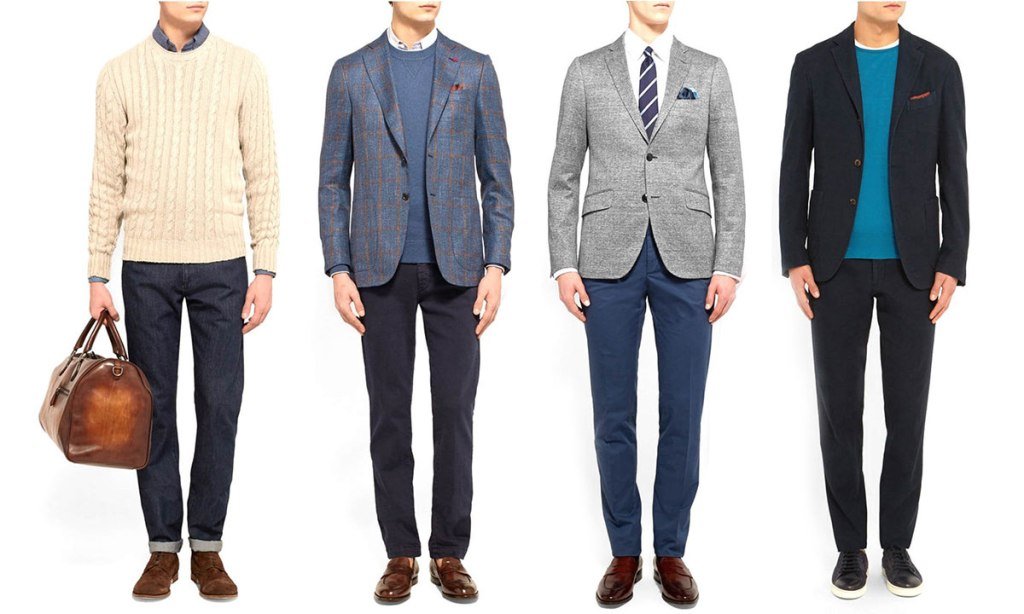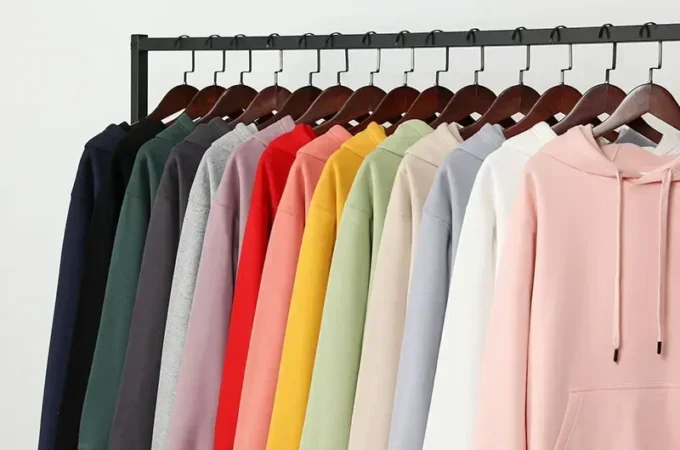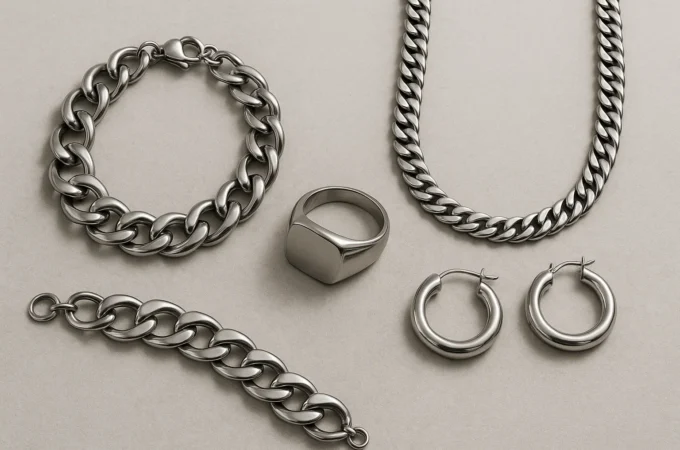
Key Considerations for the Common Gentleman’s Dress Codes
For the modern gentleman, navigating the different dress codes can sometimes be a challenge. Unlike women’s fashion, men’s clothing is fairly limited in its specification, with most men opting for similar choices – particularly within formal settings. That means standing out from the crowd and leaving a lasting impression is significantly more difficult, though not impossible.
Fortunately, we’re here to help. In this quick guide, we are going to highlight some key, bitesize points to keep in mind for each of the common dress codes; smart, smart casual and casual. Whatever the event or occasion, there is sure to be a suggestion or rule in here that will help.
Smart
Let’s start with one of the most difficult dress codes to stand out in – formalwear. For men, smart clothing is usually limited to a suit and whilst there are rules to looking good in a suit, most of the time, it will be difficult to tell a big difference between your own formal outfit and another gentleman’s. Due to this, it’s important to find every opportunity you can to add a personal touch to your look, meaning, it’s time to accessorise.

Accessories can sometimes be looked at questionably by men, with most focusing their efforts on belts and watches but when it comes to a formal setting, the available options increase. Tie bars can add a splash of colour, lapel pins can add a talking point and a touch of personality, whilst there are a host of different types of cufflinks available varying from classic and sleek to bold and bright. Even the fine details like what collar bar you choose or whether you wear a cummerbund or not can be important.
Whatever you opt for, we recommend keeping it subtle. Discreet elegance is usually the name of the game for men’s formal fashion, add accessory which give you a touch of sophistication and colour without overpowering the rest of your look.
Smart Casual
Now to address the dreaded smart casual dress code. Arguably the most difficult of the three, smart casual is about looking well put together and classy without pulling out all the stops. One of the advantages of smart casual is that it can incorporate a wide variety of clothing. From jeans to chinos to t-shirts to button-ups, the key to this dress code is taking a formal look at putting a relaxed spin on it.
This relaxed spin can manifest itself in a variety of ways. If you are wearing a blazer, consider putting a plain, block colour t-shirt underneath it as opposed to a button up. Similarly, if you do go for a button up, think about rolling up the sleeves for the slightly informal, asymmetrical finish. This extends to the shoes too – smart casual can include smart trainers if combined with chinos, it’s all about striking that balance.
Use smart belts and accessories to add a flash of sophistication if you’re worried about looking too casual. As long as you put an effort in, it’s hard to go wildly wrong here.
Casual

Finally, we have casual, the easiest of the dress codes. Casual dressing leaves you plenty of room for self-expression and personalisation, ensuring that wherever you go, your personal style is on show. Whilst fashion trends do dictate what’s currently looking good, the key to casual dress codes is putting your own spin on that style, so don’t be afraid to add something new.
With these tips, you should be better prepared for whatever fashion trend is thrown at you, helping you stand out from the crowd and create a memorable outfit. Be sure to stay on top of current trends to ensure you’re always looking good and you’re guaranteed to find fashion success.




